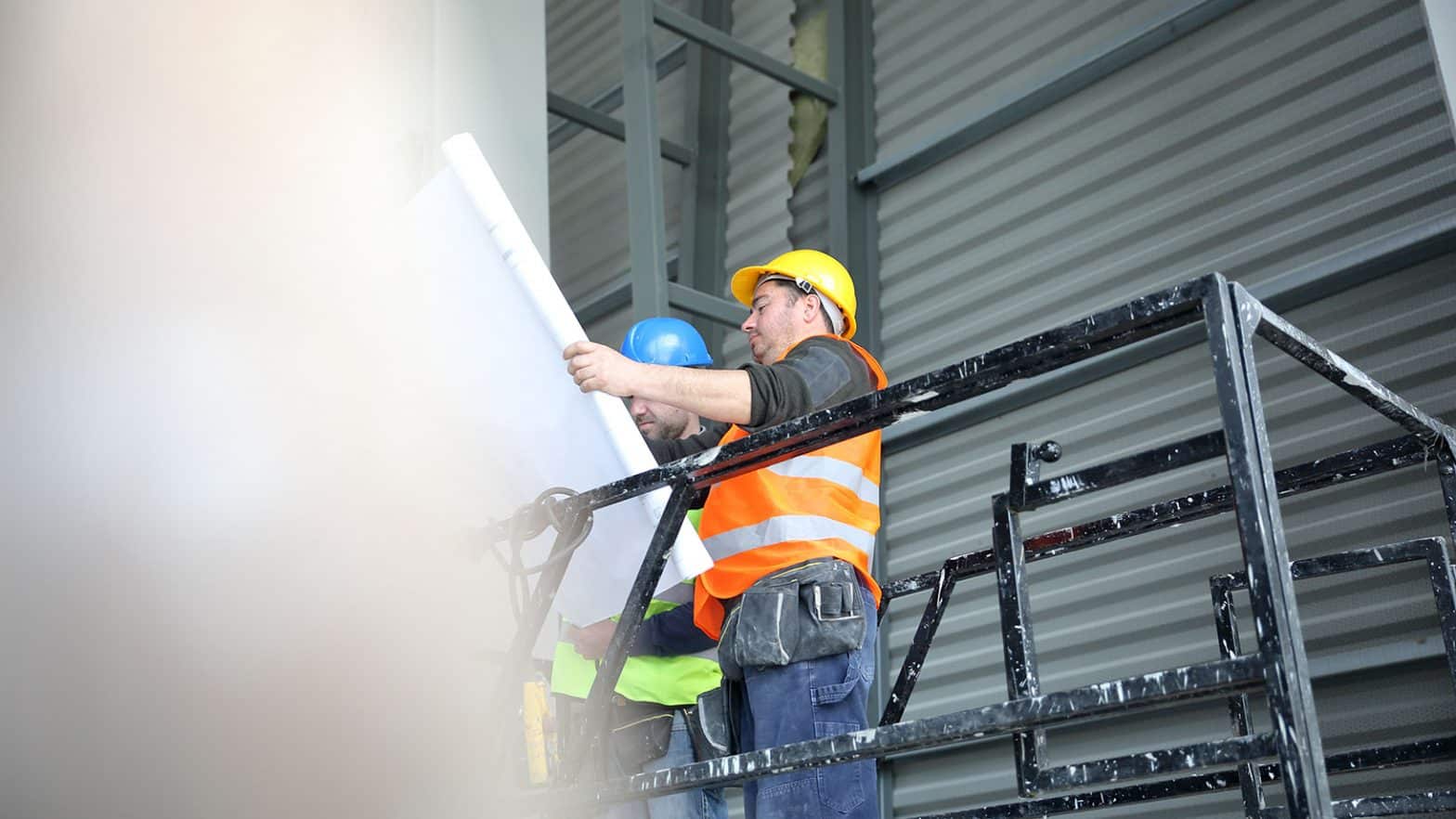
Higher-risk buildings: what do I need to know?
Background
The Building Safety Act 2022 (BSA) is seeking to bring about radical changes to the way in which the construction industry has operated to date. One of the main elements of change being the processes to be followed in order to ensure that safety considerations are at the heart of each phase in the construction of new developments going forward.
In particular the new regulatory requirements relating to higher-risk buildings (HRB) are of particular significance and interest as much more care is to be taken before the shovel even hits the ground on new developments.
Classification of a HRB
To understand whether your development is classed a HRB under the new regulations, you must first look at the criteria for this type of building.
A HRB is classified as such (under section 31 of the BSA) if:
- it is a building that is at least 18 metres high or has at least 7 storeys and also contains two or more residential units; or
- is a care home; or
- is a hospital.
Care homes and hospitals are captured here for their design and construction phase only. However, all other buildings meeting the requirements (except for the those that are exempt including: secure residential institutions, hotels and military barracks with living accommodation) will be caught by the new regulations.
The building regulator for HRBs will be the Building Safety Regulator.
What are the HRB Gateways?
There are three gateways which will need to be complied with in order to meet the requirements necessary before a HRB can achieve approval for construction and then to ensure that the HRB remains complaint within the new framework of safety compliance during the building’s lifetime. These gateways and their requirements are therefore of key concern from the very inception of the construction project for developer’s, their professional team of consultants and contractors
Gateway 1 – planning stage: fire safety
This gateway has been in place for a while now having come into force on 1 August 2021 through the Town and Country Planning (Development Management Procedure and Section 62A Applications) (England) (Amendment) Order 2021. For this gateway fire statements must be submitted at the planning stage of the HRB. This statement is submitted in a form with your application for planning permission and will contain information about, but not limited to, the following:
- The principles, concepts and approach relating to fire safety that have been applied to each building in the development.
- The site layout.
- Emergency vehicle access and water supplies for firefighting purposes.
- What, if any, consultation has been undertaken on issues relating to the fire safety of the development; and what account has been taken of this.
- How any policies relating to fire safety in relevant local development documents have been taken into account.
Gateway 2 – pre-construction stage: design approval
Gateway 2 sets out that the design of the HRB must be approved before commencement of works on site. This means that a building control approval application must be submitted to the Health and Safety Executive (HSE) as the new regulator. This approval is considered to take a minimum of 12 weeks to be granted.
This is likely to come into force from October 2023 with a 6 month transitional period.
Gateway 3 – completion stage: the golden thread
The golden thread is a mandatory ongoing log of key building information to be kept about the building and must in place prior to occupation of the building.
The accountable person (as defined under s.72 of the BSA) will be responsible for coordinating the golden thread safety information and keeping the golden thread updated and ensuring it is accurate and accessible. If there are multiple accountable persons then the principal accountable person (defined under s.73 of the BSA) will take the lead in responsibility for the golden thread.
What to do now?
The first thing to watch out for is the registration of HRBs which opens in April 2023. At this point the principal accountable person will have a duty to submit this information to the HSE with or within 28 days of application for registration of the HRB.
You can sign up to the government website as a prompt for registration – Prepare to register your building – Making Buildings Safer (buildingsafety.campaign.gov.uk)
If you haven’t already signed up, you can also subscribe to our property perspectives newsletter which will contain further articles as the year unfolds on the HRB regulations, as well as other changes brought in by the BSA.
Talk to us about
Related services





 Download PDF
Download PDF










